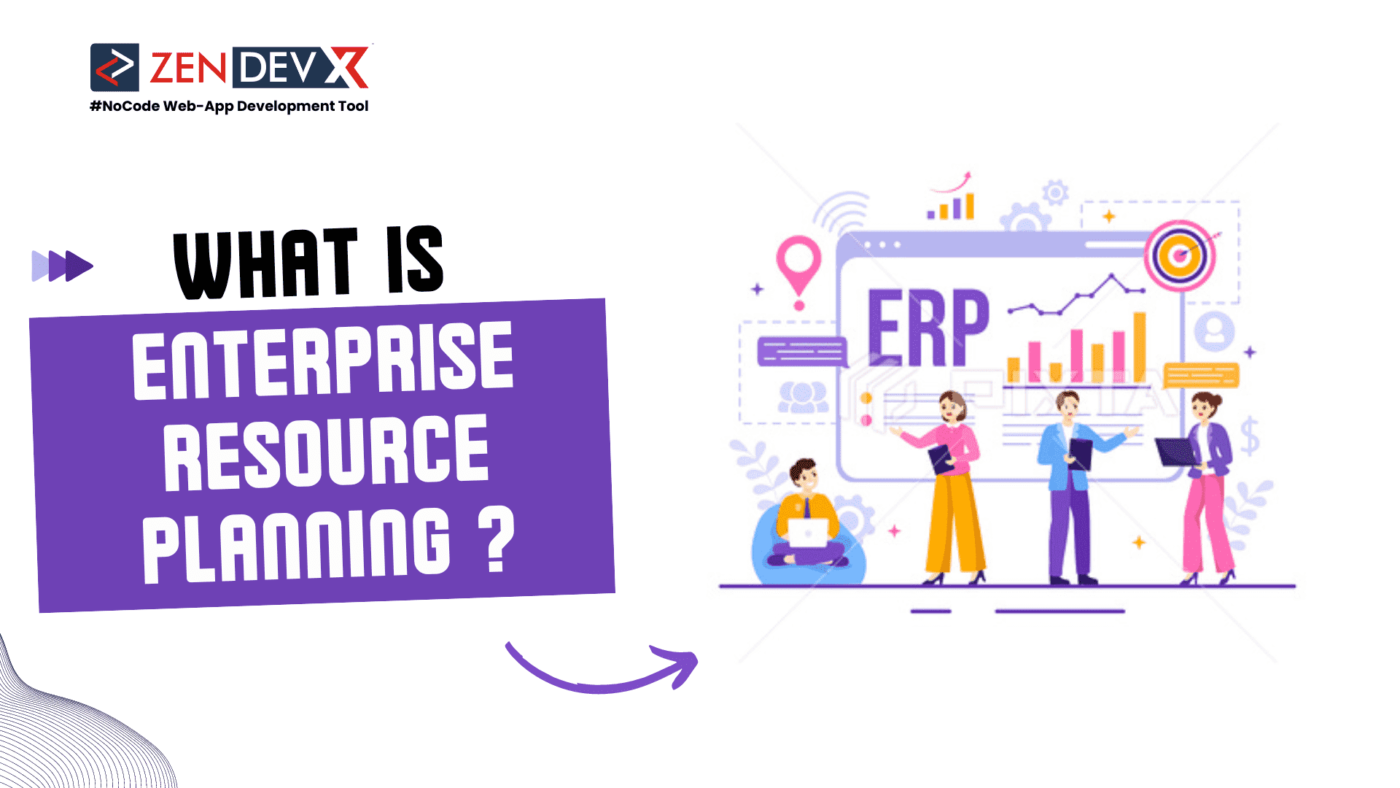Market Demands All Around the World Are Pushing Businesses to Digitally Transition with Industry 4.0 Tools and Technology. This also fuels a matching market for enterprise IT infrastructure products and next-generation, business-enabling solutions. Fueled by the advent of technological breakthroughs, one of the most often asked questions is “What is ERP (Enterprise Resource Planning)?”.
Allied Industry Research projects a $39 billion worldwide ERP industry in 2019. Rising at a CAGR of 9.8%, from 2020 to 2027, that same report also forecasts it will reach $86 billion by 2027.
There are several factors for the explosive expansion of the ERP market. First of all, these systems are vital parts of contemporary IT infrastructure since they enable and support many kinds of corporate operations. Organizations therefore want to upgrade their legacy ERP systems without stopping regular business activities. At last, companies who run their IT infrastructure on the IBM i platform should notably consider the need for modernizing. To satisfy the needs of the current era and enable their legacy application modernization, they need strong tools to improve their obsolete systems.
However, today we would especially want to concentrate on ERP systems and their part in the process of digital transformation.
ERP Stands For…
Generally speaking, enterprise resource planning (ERP) is the name used to describe certain software tools companies employ to control corporate operations. These systems enable several kinds of activity including:
- Control of the supply chain
- Order processing
- Accountancy for Procurement
- Project organization
- Management of Risk
ERP systems are sophisticated software solutions combining several applications to link corporate activities. These several enterprise technologies interact, track business performance metrics, and control data flow across the several tiers of IT infrastructure. Furthermore, using a single system design that makes advantage of a shared database, they gather, save, and analyze data for analytical purposes. For many thousands of businesses today, ERP systems are absolutely essential for their daily operations.
Enterprise Resource Planning: A Synopsis
Enterprise resource planning systems have a more than a century-old history. In 1913, Ford Whitman Harris developed the Economic Order Quantity Model (EOQ). This signaled the beginning of the ERP market as it exists today. The EOQ model was a production scheduling paper-based manufacturing method. It soon became a manufacturing industry benchmark. Combining EOQ ideas with a mainframe computer, the Material Requirements Planning (MRP) solution developed in 1964. Until Manufacturing Resource Planning (MRP II) surfaced in 1983, MRP complimented and basically replaced the EOQ approach.
Gartner originally coined the ERP term in the 1990s. It described a new form of business management software combining creative computer integration and networking technologies with the features of MRP and MRP II. ERP deployment also covered corporate operations outside of manufacturing. It developed into the program technology managing all main corporate operations. These cover human resources, customer service, accounting, etc.
Adoption of ERP systems has expanded fast starting in the 1990s. ERP technology grew much more potent and all-encompassing concurrently. Gartner first used the term ERP II in 2000 to characterize web-based software solutions enhancing ERP capabilities. ERP II systems advanced beyond transaction processing and resource optimization to include other corporate operations and procedures.
What Features of Enterprise Resource Planning Systems Apply ?
This century-long development has made Enterprise Resource Planning systems all-encompassing and actually essential for the functioning of hundreds of enterprises.
Modern-day functional areas—also sometimes known as ERP modules—are included here:
- Project management (project planning, resource planning, activity management, etc.)
- Management accounting; budgeting, cost control
- Recruiting, training, retirement, etc.
- Financial accounting; fixed assets, payables, receivables, and collections, cash management, etc.
- Human resources
- Manufacturing process; work orders, scheduling, capacity, workflow management, quality control
What is ERP’s Commercial Advantage ?
ERP systems nowadays provide several advantages for businesses. They streamline procedures, enhance departmental alignment, match departments, and give staff members better tools to operate with. More importantly, combining ERP with the Internet of Things (IoT), a system whereby devices may interact with one another, smoothly sharing data, gives companies real-time access to the data they acquire.
These are some additional noteworthy corporate advantages:
- Decreased running expenses
- Better effectiveness of corporate procedures
- Regular infrastructure control
- More consistent financial management practices
- Reduced executive expenses
- Improved rates of user-adoption
- Improved staff teamwork capacity
- Real-time data collecting and analytics allow business insights
- Enhanced data integrity
Conclusion :
If you were earlier wondering, by now this should make apparent and obvious the advantages of business intelligence. BI instruments provide businesses many benefits to enable them to get a competitive edge. Long-term success depends on business intelligence, hence organizations who value data-driven insights will show themselves first.


